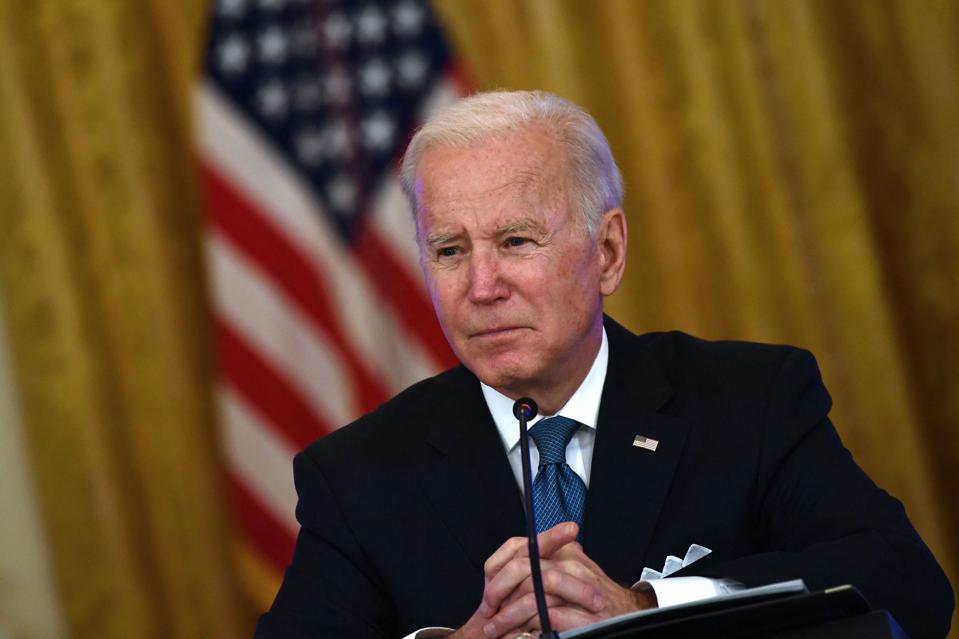Biden’s White House has aggressively fought its trade war with China. The administration has retained all the tariffs that the Trump White House placed on Chinese imports in 2018 and 2019. It has blocked American exports of advanced semiconductors to China and secured cooperation with that ban from American allies, Japan and the Netherlands. Biden has forbidden American investments in Chinese technology and ensured that China will gain no benefit from the sale of electric vehicles in the United States by disallowing any of the tax breaks offered by the Inflation Reduction Act to vehicles made in China or containing a significant Chinese contribution. The president no doubt would have gone further than this had his trade policies not suffered reverses in Europe and elsewhere in Asia. Those problems will likely help prevent much further action against China.
The most disappointing events have occurred in Europe. Although the president kept in place the Trump tariffs on imports from China, he suspended for two years (but did not repeal) the 25% tariffs that Trump had placed on European steel and 10% tariffs he placed on European aluminum. The suspension, the president and his team hoped, would ease the way for the United States to reach a formal trade agreement with the European Union, especially a way to deal with the global overcapacity due to China’s production of these metals. Biden had also hoped to work out an agreement on climate issues. But in large part because of American insistence on labor and environmental standards as well as the retention of domestic subsidies built into the Inflation Reduction Act, the two sides remain without the much-sought-after agreement. The best Biden could do is extend the tariff suspension for two more years in return for a European promise not to impose counter tariffs until after the 2024 election.
In Asia, the White House did have two small successes. Last June this country signed a trade and investment deal with Taiwan. Japan and the United States also reached an agreement last March about critical materials for electric vehicles. A similar deal with the United Kingdom looks close.
But Biden had hoped for and implicitly promised much more. He and his team had wanted to make definite the otherwise vague outlines of America’s 2022 economic cooperation pact with 13 Indo-Pacific countries. They had worked to settle rules for digital trade, including cross-border data transfers on customs and supply chains. None of that has happened. As with Europe, American insistence on labor and environmental standards seems to have made much of Asia wary of a commitment. Especially the failure on a digital agreement presents a worry that Beijing will now step in and establish rules of engagement.
Given the way things stand today, Biden has little chance of presenting substantive trade successes to American voters this coming fall. In some environments, that would matter little, except perhaps to elements of the American business community and the U.S. Chamber of Commerce. But this year, the lack of strong trade agreements are a matter of concern because they will weaken the by-now popular commitment in both Congress and with the public to counter China in Asia and contain its efforts at trade dominance and hegemony. Also, the lack of formal agreements raises the probability that a possible Trump presidency in 2025 would re-impose tariffs on European steel and aluminum and, as Trump has promised, levy 10 percent tariffs across the board.

